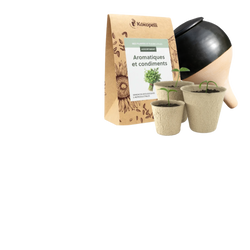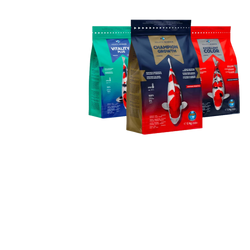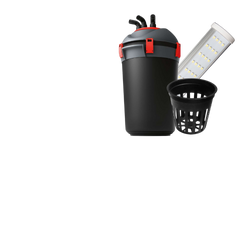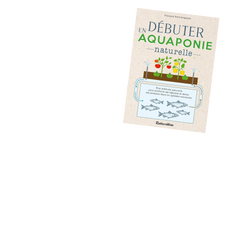Conclusion : choose your plants carefully to succeed in aquaponics
Aquaponics allows you to grow a wide variety of plants, from easy-to-grow leafy greens to more demanding fruit plants , as well as aromatic herbs that adapt well to this type of cultivation. The choice of plant species should be consistent with the maturity of the system, available nutrients, and cultivation objectives.
With a little observation and experimentation, it's possible to gradually adjust the balance between fish, plants, and filtration to achieve a productive and stable system. Aquaponics is, above all, a learning process : each installation evolves over time, depending on conditions, trials, and experience.
Starting simply, respecting the needs of the ecosystem and regularly observing its functioning are the keys to a sustainable and effective aquaponic vegetable garden.











